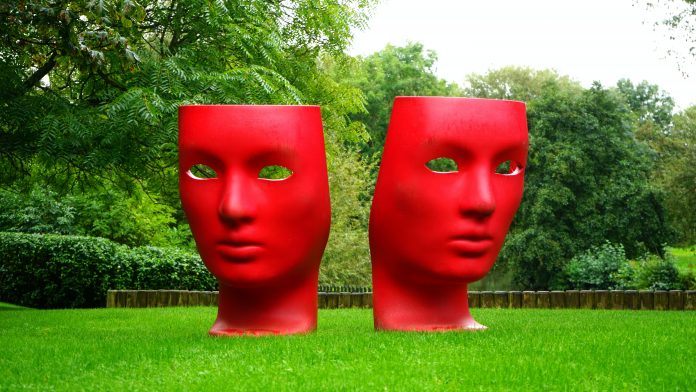Rosacea (pronounced roh-zAY-shuh) is a condition characterized by facial skin inflammation.1 Rosacea can be quite uncomfortable and aesthetically frustrating. Luckily, there are options available to relieve symptoms. However, treatments are specific to the rosacea symptom meaning you need the right rosacea treatment for the right symptom.
Rosacea symptoms
Type one rosacea symptoms1 involve areas of redness with visible blood vessels. Type two symptoms1 are characterized by raised skin (papules) and/or spots with pus (pustules). Type three appears thick and bumpy skin, particularly around the nose1. Finally, type four has similarities to the other types but also involves swollen eyelids and a gritty feeling in the eyes.1
Type one rosacea treatments
Brimonidine
Brimonidine is a topical gel that causes a reduction of redness and the appearance of blood vessels.1 As with many medical-grade products, there may be a risk of allergic reactions or sensitivities to the gel.1 A healthcare practitioner can ersonalize the treatment. Still generally, the gel can be applied daily before any other skincare or makeup application. Be sure to, avoid the lips, eyes, and nostrils.1 Additionally, reading and following the product label will ensure proper usage.
Beta-blockers
Another treatment option to speak to your doctor or dermatologist about is beta-blockers. Beta-blockers are oral medication that also constricts blood vessels, reducing blood flow to the skin.1 Usually, beta blockers are kept for severe cases of rosacea due to the risks of adverse reactions like lightheadedness, dizziness, and fatigue. Those with asthma are not candidates for this treatment.
Laser treatments
Laser treatment for visible blood vessels is another viable option.1 Heat application with lasers damages the blood vessels under the skin, so they are no longer visible. Some scarring can occur if not done correctly, and these treatments can be uncomfortable or even painful.
Type two rosacea treatments
Three topical products could help treat the red or pus-filled bumps of type two rosacea skin.
- Azelaic acid. This prevents pores from being blocked while reducing swelling.1 Application is usually 0.5 grams two times daily.
- Ivermectin. This reduces swelling and helps kill mites that are often associated with rosacea.1
- Metronidazole. This is an antibiotic that also reduces inflammation.1 Usually, this is applied to the affected areas of the skin twice daily. Wearing a strong sunscreen should outside is recommended.
These options typically improve symptoms within 3-4 weeks of use.1 However, irritation, dryness, or a burning sensation of the skin can occur.
Type three rosacea treatments
Thickening of the skin can be treated with an oral medication called isotretinoin.1 This drug reduces the size of oil glands that can contribute to the thick skin around and on the nose. However, there is limited research on the effectiveness of this medication, and treatment needs to be under medical supervision. In addition, this drug can cause light sensitivity and hazards to the liver. Additionally, pregnant and breastfeeding women should not use this treatment.
Another treatment option for type three rosacea skin is laser treatment, where the skin is reshaped.1 Doxycycline, an oral antibiotic, could also be helpful, depending on the nature of the rosacea.
Type four rosacea treatments
Eyelid swelling and grittiness can be temporarily treated using a warm cloth over the top of the eye.1 The antibiotic ciclosporin and/or doxycycline may also be recommended. However, limited research exists for type four rosacea.
Bottom Line
Rosacea can be embarrassing for some and downright painful for others, but there are ways to manage the symptoms. Every case of rosacea is different, so always speak with a healthcare provider when determining how to treat your symptoms of rosacea best.
References
- InformedHealth.org [Internet]. Cologne, Germany: Institute for Quality and Efficiency in Health Care (IQWiG); 2006-. What are the treatment options for rosacea? [Updated 2020 Sep 10]. Available from: https://www.ncbi.nlm.nih.gov/books/NBK279475/



